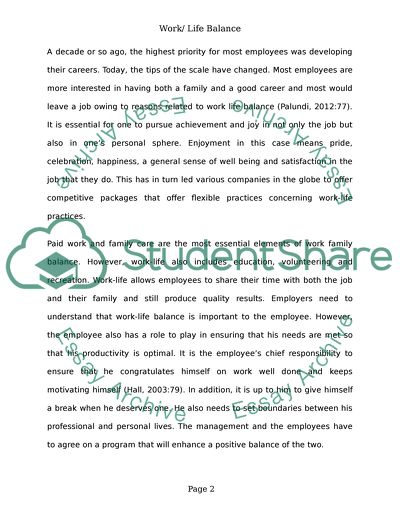Cite this document
(Fundamentals of Managing People Coursework Example | Topics and Well Written Essays - 2000 words, n.d.)
Fundamentals of Managing People Coursework Example | Topics and Well Written Essays - 2000 words. Retrieved from https://studentshare.org/human-resources/1496304-fundamentals-of-managing-people
Fundamentals of Managing People Coursework Example | Topics and Well Written Essays - 2000 words. Retrieved from https://studentshare.org/human-resources/1496304-fundamentals-of-managing-people
(Fundamentals of Managing People Coursework Example | Topics and Well Written Essays - 2000 Words)
Fundamentals of Managing People Coursework Example | Topics and Well Written Essays - 2000 Words. https://studentshare.org/human-resources/1496304-fundamentals-of-managing-people.
Fundamentals of Managing People Coursework Example | Topics and Well Written Essays - 2000 Words. https://studentshare.org/human-resources/1496304-fundamentals-of-managing-people.
“Fundamentals of Managing People Coursework Example | Topics and Well Written Essays - 2000 Words”, n.d. https://studentshare.org/human-resources/1496304-fundamentals-of-managing-people.


